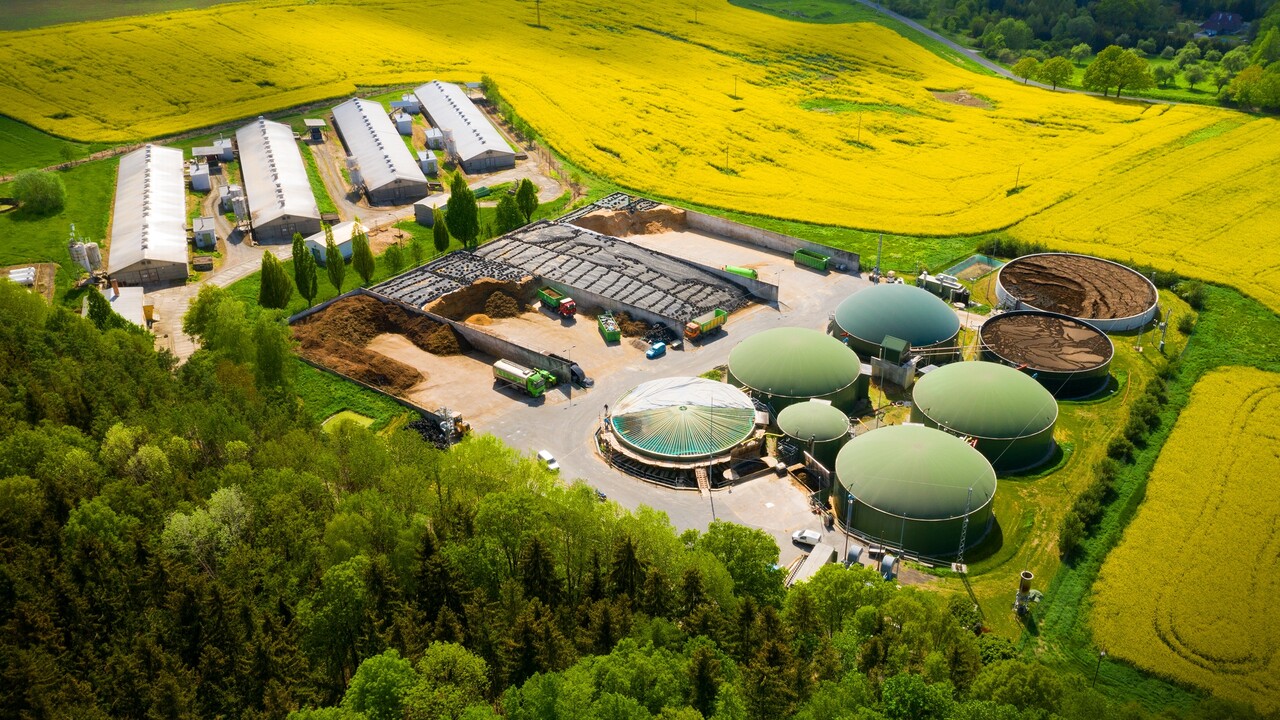Unlocking New Profits: How Biomass-Based Products May Offer New Revenue for Farmers
By United Country Real EstateApril 19, 2024

Learn how to unlock new profits on your farms using biomass-based products, such as poplar trees, crop waste and so much more.
The global biomass market is
growing at an exponential rate. The current market is already valued at $127.4 billion and
is expected to grow to $203.2 billion by the end of 2032. Of course, the U.S.
Farm Bill and other subsidies will affect this number, but with such rapid
growth, you can expect it to make a significant difference for suppliers.
With all that money floating
around in developing, producing, and managing biomass-based products, there may
be surprising new opportunities for farmers to toss their hats in the ring. A
farm that is barely getting by on corn and pea subsidies could see a
substantial profit by converting some land for biomass.
What
are Biomass-Based Products?
Biomass products have existed
for millions of years. In the modern era, these are gases and other products
made from natural materials like trees, plants, and agriculture/urban waste. An
excellent example is a Waste-to-Energy (WTE) Plant. These plants take the
massive volumes of trash we put out on the curb and burn them up to create
electricity.
In most cases, biomass-based
products are divided into three main sectors provided by agriculture. Those are
biogas, biodiesel, and bioethanol. All three form a power supply for running
different vehicles, machinery, and industrial plants.
What
Does this Mean for Farmers?
The tripling of U.S. based
biomass demand for energy resources could boost the farming industry by as much
as $20 billion in new income. Farmers and rural communities can
both reduce global emissions affecting the climate and develop an income stream
that benefits some of the most “in-need” areas of our country.
The way it works is by
growing certain crops and using local residues to fuel cars and tractors, power
homes and buildings, and heat all community-run locations during the winter.
That capability is why you see laws and regulations moving through Congress
littered with biomass amendments. Everything from a bipartisan energy bill
supported by Maine’s Senator Susan Collins in 2016 to earmarks in current
Inflation Reduction Acts are tagged with biomass subsidies.
What
Crops Do the Best for Biomass-Based Products?
Of course, the trick is
finding the right balance of food, flower, and biomass crops to turn a profit.
The specific research for which crop works best for any given region of the
country will highly depend on local considerations, weather patterns, and community
arrangements.
However, there are some
reliable crops that already have a high yield. These include:
- Poplar
Trees: Great for the northwest and used to improve
water quality with a growth rate of only 2-3 years before harvesting.
- High Sugar/Fat
Crops: Oilseed crops like canola and sunflowers are
used for many different biofuels throughout the Midwest. Oregon produced
around 7,200 acres,
and Idaho about 22,300 acres.
- Crop Waste: This
includes organic waste from already-grown items like hazelnut shells, food
waste, or non-edible crops. Alaska produces around 250,000 gallons of biodiesel
annually by simply recycling cooking oil in this category.
- Non-Arable
Land: Growing kelp or algae in waterways or basins is
crucial to biofuel. It has much less impact on food production and helps
treat wastewater, which is also a fuel.
- Innovative
Fuels: Science is quickly developing new and creative
crops that adapt to biofuel use. For example, there are photosynthetic
algae that can produce oils, but not be broken down after harvesting to be
reused in the future.
Any of these crops will
improve a farmer’s revenue stream. The most common form of biomass-based
products you’ll find will be growing corn for ethanol infusion into current
market gasoline.
Wrapping
Up
If you’re interested in
developing your current rural real estate for biomass production, you should
start by reading up on the Biomass Crop Assistance
Program (BCAP) from the federal
government. This provides financial assistance to farmers in producing biomass
feedstock.
This program will also teach
farmers how to connect with buyers so there is a financial life cycle capable
of supporting the transition into biomass-based products. With a bit of
research and a whole lot of patience, this can be the leverage farmers need to
turn a failing property into a thriving business.
